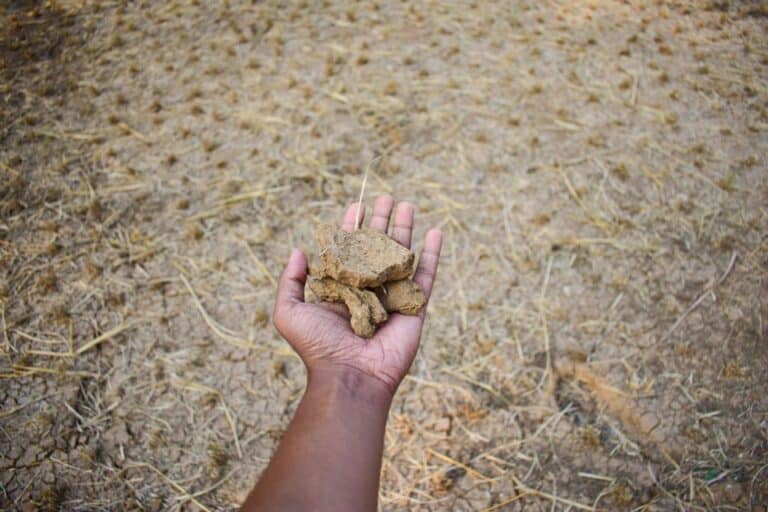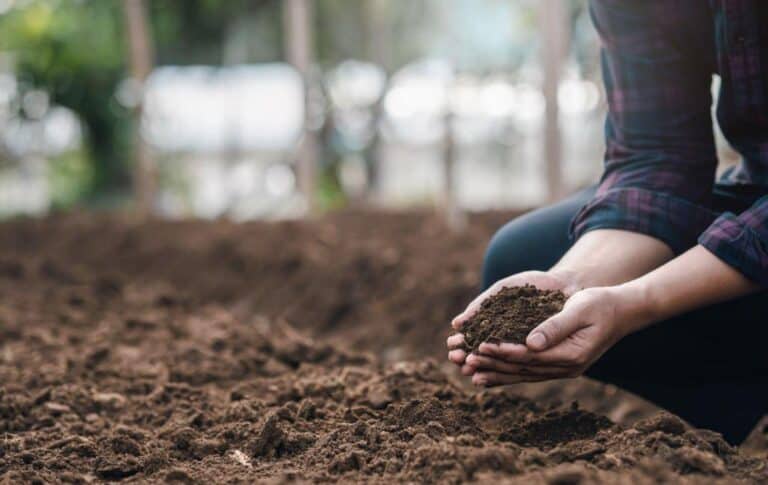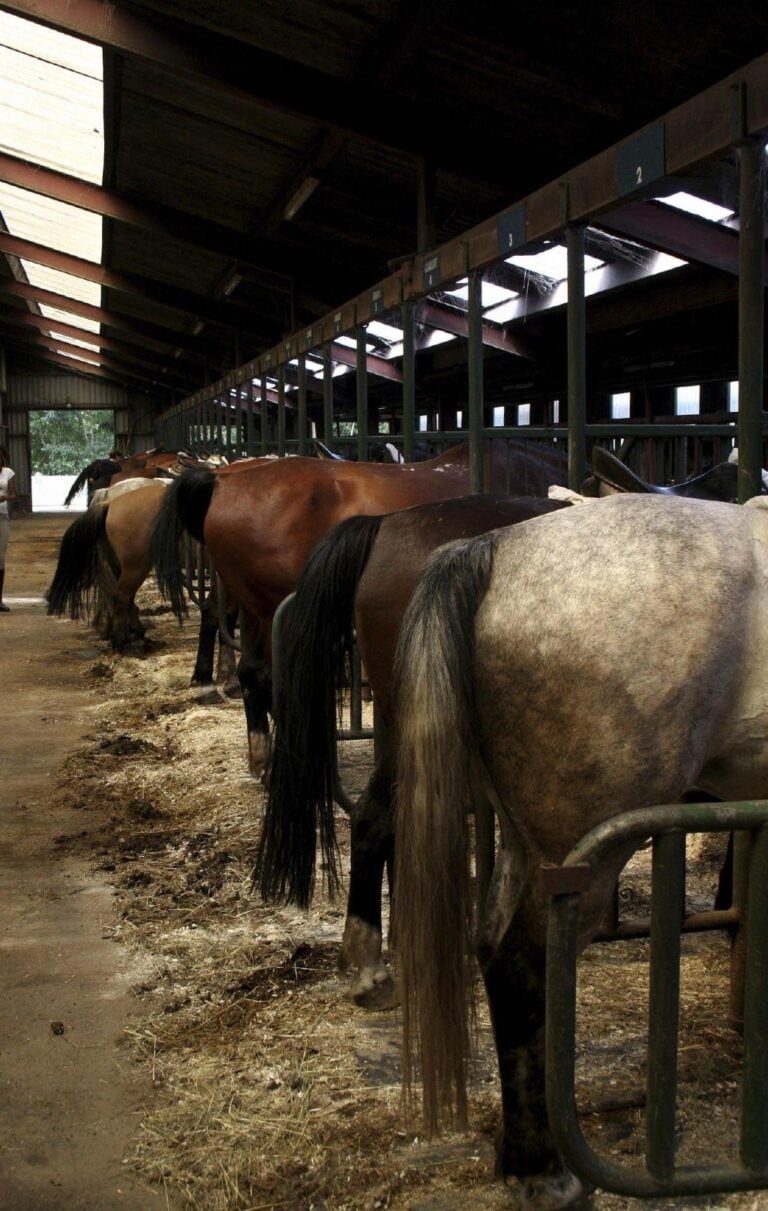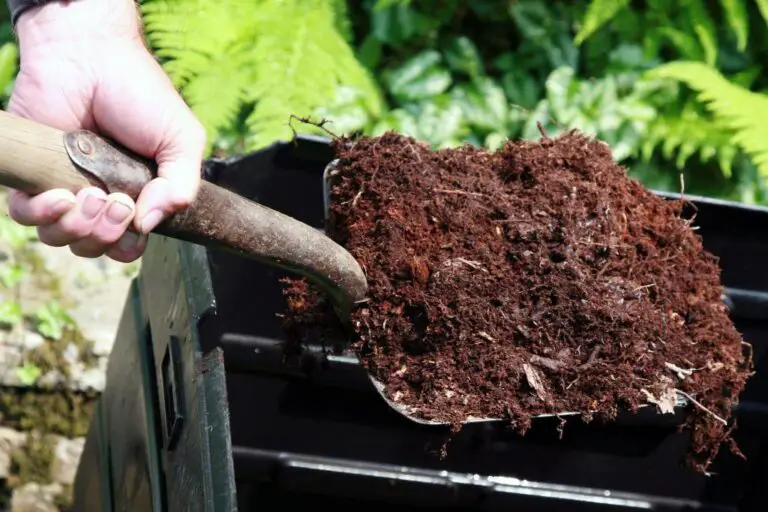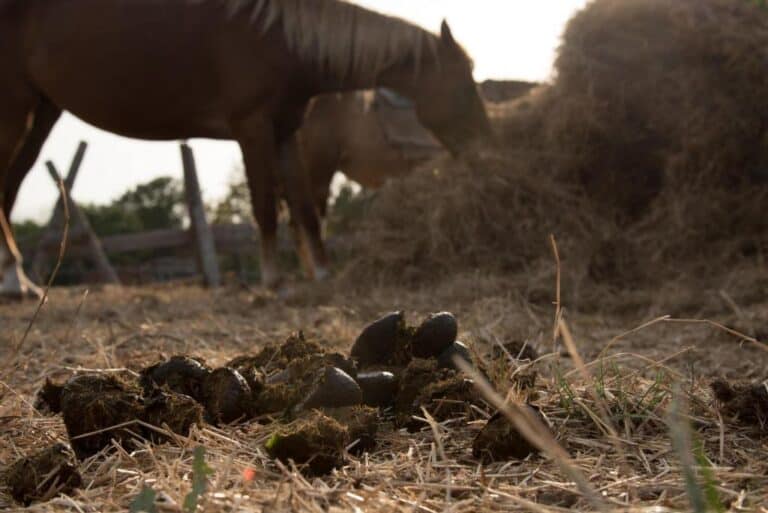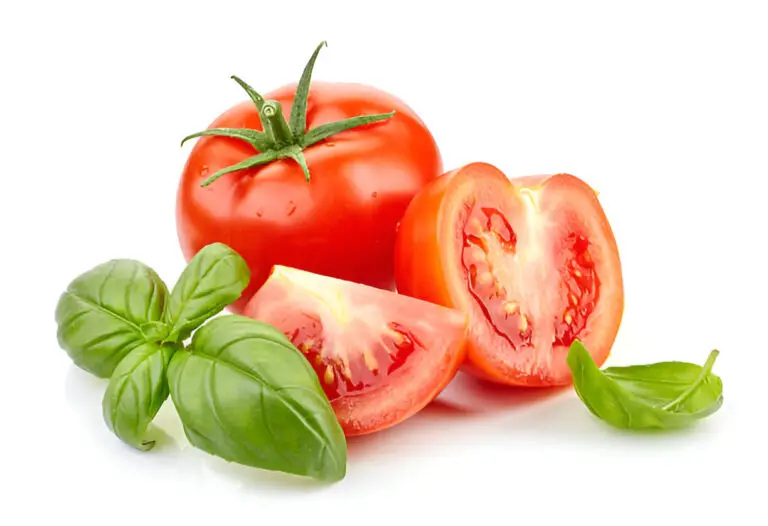How to Compost Horse Manure Quickly: Fast Soil Enhancement
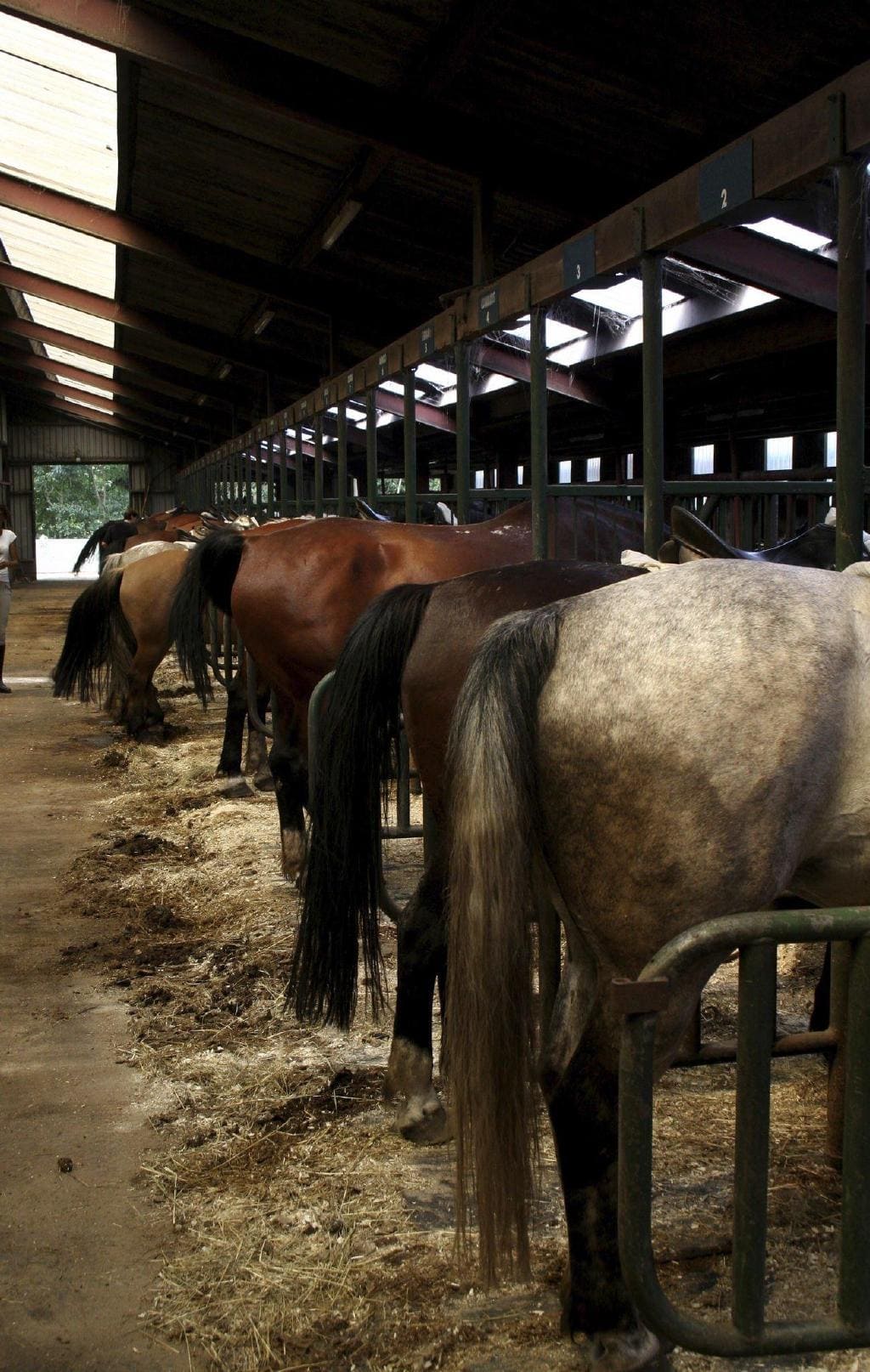
If you’ve ever strolled through a flourishing garden or marveled at the lusciousness of a well-kept farm, you’ve likely underestimated the unsung hero of it all: horse manure. It may not be the most glamorous topic, but the earthy alchemy of turning horse droppings into nutrient-rich compost is a remarkable art that can transform your gardening game.
Composting horse manure is not just a way to deal with a common farm byproduct; it’s a sustainable and eco-friendly practice that every gardener, whether experienced or novice, should have in their arsenal. Composting horse manure can be a game-changer for gardeners and farmers looking to enrich their soil naturally. The nutrient-rich benefits of horse manure are undeniable, but the key is to compost it quickly and effectively.
In this article, we’re about to embark on a journey into the world of composting horse manure, a journey that promises lush greenery and blooming flowers, all while recycling a waste product that would otherwise go to waste.
Why Compost Horse Manure?
Before we delve into the ‘how,’ let’s understand the ‘why.’ Horse manure, though rich in nutrients like nitrogen, phosphorus, and potassium, isn’t ready to be spread directly onto your garden.
Fresh manure can burn your plants. It packs a punch that’s a bit too strong for your plants to handle. The culprit here is the high ammonia content in fresh horse manure, which can be downright harmful to your green darlings. Imagine feeding your garden a spicy chili when it’s expecting a milder fare.
Composting is the solution. Composting, in this context, is the culinary transformation that takes place. It’s like simmering that chili down into a flavorful, balanced stew.
Through composting, we harness the potency of horse manure while tempering its intensity. This process not only transforms it into a gentler, more plant-friendly form but also enhances its overall nutrient profile.
Benefits of Composted Horse Manure
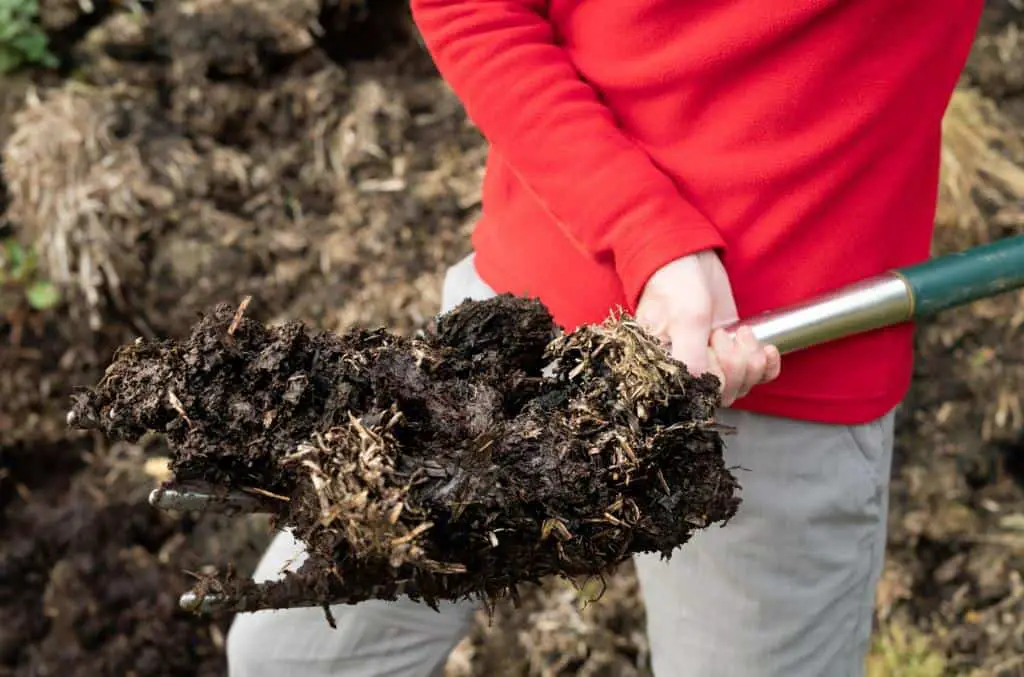
In essence, composting is not just to protect our plants from ammonia overload but also to unlock the full potential of this natural fertilizer. Here are some of the benefits of composting:
- Nutrient-Rich Soil: Composting breaks down horse manure into a nutrient-rich, stable form that’s gentle on plants.
- Weed Suppression: Well-composted horse manure can help suppress weeds in your garden.
- Improved Soil Structure: It enhances soil structure, making it easier for plant roots to access water and nutrients.
- Reduced Environmental Impact: Proper composting reduces the risk of water pollution and odor associated with raw manure.
- Reduce volume of waste and sanitize it: Composting decreases the volume of waste, the end result is more compact due to composting process.
- Save Money: Composting saves money, as the manure one horse produces over the course of a year is worth $ to $ in compost value.
- Eliminate Odor and Sanitize It: Composting eliminates odor and fly problems that can become a concern for you or your neighbors. Composting kills parasitic organisms, weed seeds, and pathogens.
Now that you know the benefits, let’s get into the nitty-gritty of composting horse manure quickly.
Materials You’ll Need to Compost Horse Manure
Here’s a list of materials to gather before you embark on your composting journey:
- Horse Manure: Collect fresh horse manure from a reliable source. Ensure it’s free from contaminants like bedding materials or chemicals.
- Carbon-Rich Material: This includes straw, dried leaves, or shredded newspaper. Carbon helps balance the nitrogen-rich horse manure.
- Composting Bin or Pile: You can use a dedicated composting bin or create a designated pile for composting.
- Shovel or Pitchfork: For turning the compost pile.
- Water Source: Composting requires moisture, so access to water is crucial.
See also: When Should New Manure Be Used? How Long Does It Take It To Rot and Age?
How to Compost Horse Manure Quickly (Step-by-step Process)
Step 1: Layering
Start by creating layers in your compost bin or pile. Start with a layer of horse manure, then add a layer of carbon-rich material. Repeat this process until you’ve used all your horse manure.
Step 2: Moisture Management
Ensure your compost pile is consistently moist, like a wrung-out sponge. Use a garden hose to add water as needed. Moisture facilitates the decomposition process.
Step 3: Turning
Regular turning of your compost pile is crucial. This aerates the pile, allowing oxygen to reach the microorganisms responsible for breaking down the materials. Turn the pile every 3–4 weeks.
Step 4: Temperature Monitoring
Composting generates heat. You can use a compost thermometer to monitor the internal temperature of your pile. Aim for a range of 130–150°F (54–65°C) for efficient decomposition.
Step 5: Curing
After about 4-6 months, your horse manure should be well-composed and ready for use. The compost will have a dark, earthy smell, and it should be crumbly in texture.
Achieving the Right Carbon-to-Nitrogen Ratio
In the world of composting, achieving the perfect balance is the key to success, and it all starts with understanding the Carbon-to-Nitrogen (C:N) ratio. This ratio determines the rate at which your compost pile will break down and whether it will turn into black gold or a stinky mess. For horse manure composting, the ideal C:N ratio hovers around 25-30:1.
Balancing Carbon-Rich and Nitrogen-Rich Materials
So, what exactly does this ratio entail? It’s a simple equation, really. Carbon-rich materials, often referred to as “browns,” include things like dried leaves, straw, or shredded newspaper. Nitrogen-rich materials, or “greens,” encompass your horse manure and things like kitchen scraps or fresh plant trimmings.
Achieving the right balance means combining these elements in a way that fosters microbial activity, which is responsible for decomposition.
Here’s a handy table to give you a clearer picture:
| Carbon-Rich (Browns) | Nitrogen-Rich (Greens) |
| Dried leaves | Horse manure |
| Straw | Kitchen scraps |
| Shredded newspaper | Fresh plant trimmings |
| Cardboard | Coffee grounds |
Tools and Tests for Monitoring C:N Ratio
Now, you might be wondering, “How do I know if my compost pile has the right C:N ratio?” Well, there are a couple of tools and tests that can help you stay on track.
- Visual Inspection: One of the simplest methods is a visual inspection. A well-balanced pile should look like a layered sandwich, with alternating brown and green materials. If it’s too heavy on one side, adjust accordingly.
- C:N Ratio Calculator: You can also use a C:N ratio calculator to determine if you’re in the right range. This tool takes the guesswork out of the equation and helps you make informed adjustments.
- Temperature Monitoring: Another indicator is temperature. A well-balanced compost pile will generate heat as it decomposes. Use a compost thermometer to ensure your pile is within the desired range of130–150°FF (54-65°C).
Tips for Quick Composting:
- Chop or shred materials to speed up decomposition.
- Cover your compost pile to retain moisture and heat.
- Avoid adding diseased plant material or weeds that have gone to seed.
- Keep your compost pile well-drained to prevent it from becoming too soggy.
Applying Composted Horse Manure
Once your horse manure compost is ready, you can use it to improve your garden’s soil quality. Here’s how:
- Soil Amendment: Mix the compost into your garden soil to enhance its nutrient content and structure.
- Topdressing: Apply a layer of compost on top of your existing garden beds to provide a slow-release source of nutrients.
- Mulching: Use compost as mulch around your plants to retain moisture and suppress weeds.
- Container Gardening: Compost can be used in containers for potted plants, providing them with essential nutrients.
Common Mistakes to Avoid:
- Overwatering: Too much water can drown beneficial microorganisms, so monitor moisture levels carefully.
- Ignoring the Carbon-to-Nitrogen Ratio: Maintaining the right balance of carbon and nitrogen materials is crucial for efficient composting.
- Not Turning the Pile: Neglecting to turn your compost pile leads to poor aeration and slower decomposition.
Wrapping It Up
Composting horse manure quickly is a rewarding endeavor that results in nutrient-rich, organic matter that your garden will love. With the right materials, proper layering, and consistent management, you can transform horse waste into a valuable resource for your soil.
Remember, patience is key in composting. Give it time, and you’ll be rewarded with healthier plants and a flourishing garden. Happy composting!
FAQs on Quick Composting Tips for Horse Manure
Is composting horse manure environmentally friendly?
Yes, composting horse manure reduces waste and benefits the environment by improving soil quality and reducing methane emissions from manure.
What is the ideal C:N ratio for horse manure composting?
The ideal carbon-to-nitrogen (C:N) ratio for horse manure composting is around 25-30:1, achieved by mixing it with carbon-rich materials like straw or leaves.
Are there any risks associated with composting horse manure?
Composting horse manure carries some risks related to pathogens and zoonotic diseases, so it’s crucial to follow safety guidelines and maintain proper hygiene.
Can I use horse manure compost in vegetable gardens?
Yes, you can use properly composted horse manure in vegetable gardens, but it should be applied according to recommended rates and mixed well with garden soil to prevent burning plants with excess nutrients.
How long does it take to compost horse manure?
Composting horse manure typically takes between 3 to 6 months, but the timeframe can vary based on factors like temperature, aeration, and the C:N ratio. Regular turning and proper management can speed up the process.
Can you use fresh horse manure in compost?
Using fresh horse manure in compost is possible but not recommended due to its high nitrogen content, which can lead to odor and nutrient imbalances. It’s safer to age or partially compost it before incorporating it into your compost pile.
What are the best composting methods for horse manure?
The best methods for composting horse manure involve layering it with carbon-rich materials like straw or leaves, maintaining proper aeration and moisture levels, and regular turning to ensure even decomposition.
What can I do with finished horse manure compost in my garden?
Finished horse manure compost is an excellent soil conditioner. Mix it into garden soil to improve its structure, water retention, and nutrient content. Follow guidelines for appropriate application rates and consider it a valuable resource for promoting healthy plant growth in your garden.

